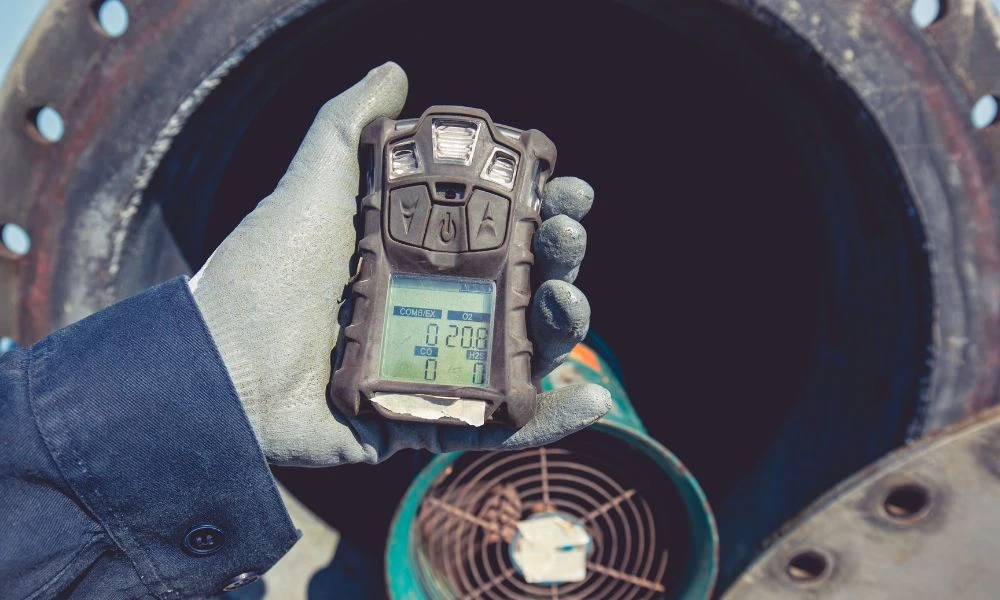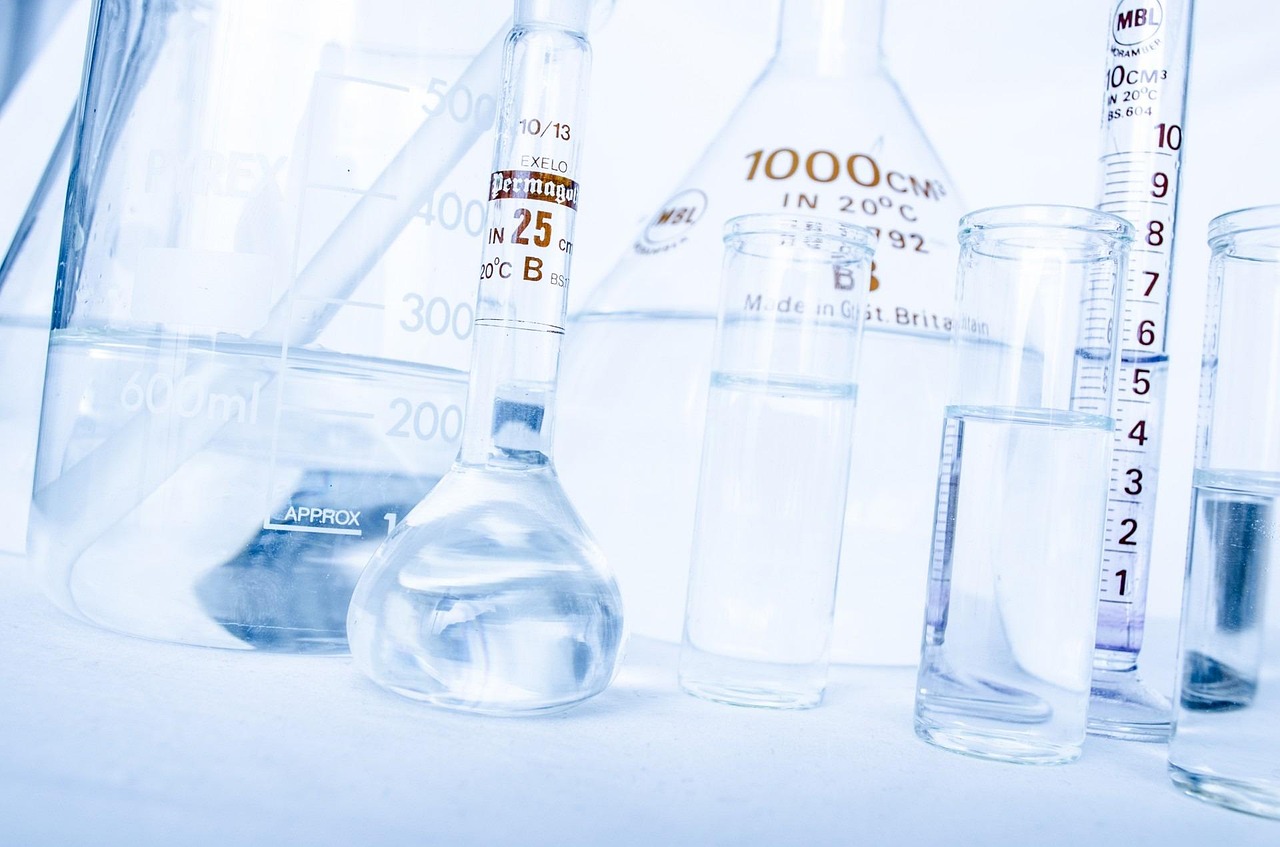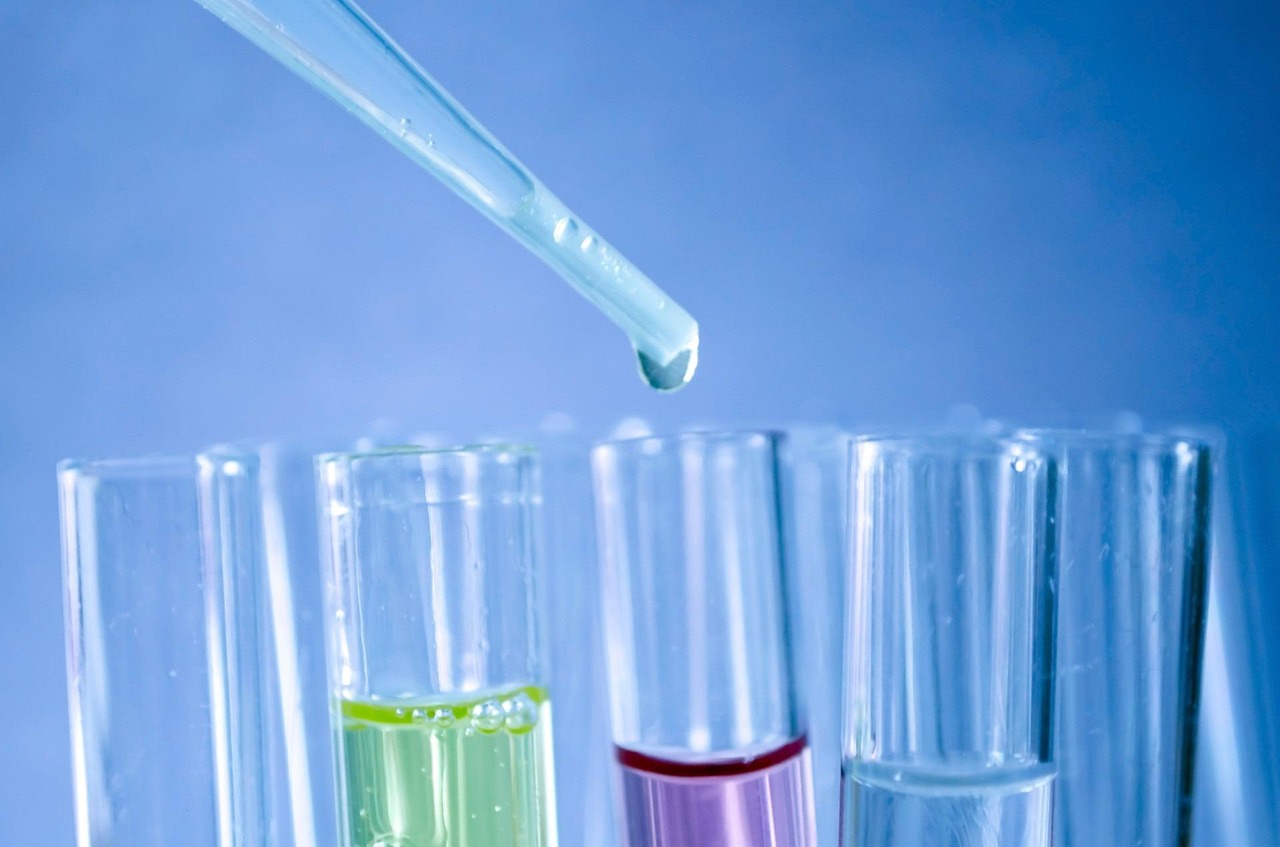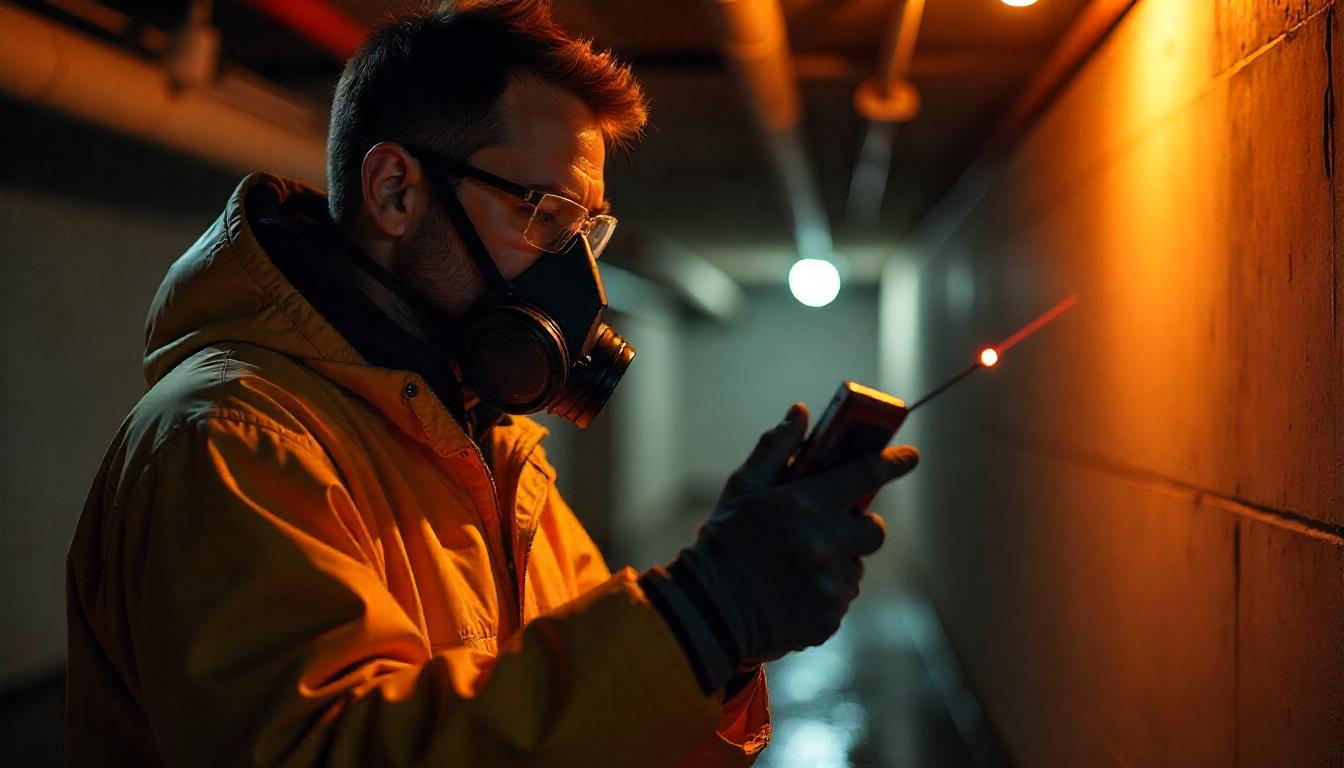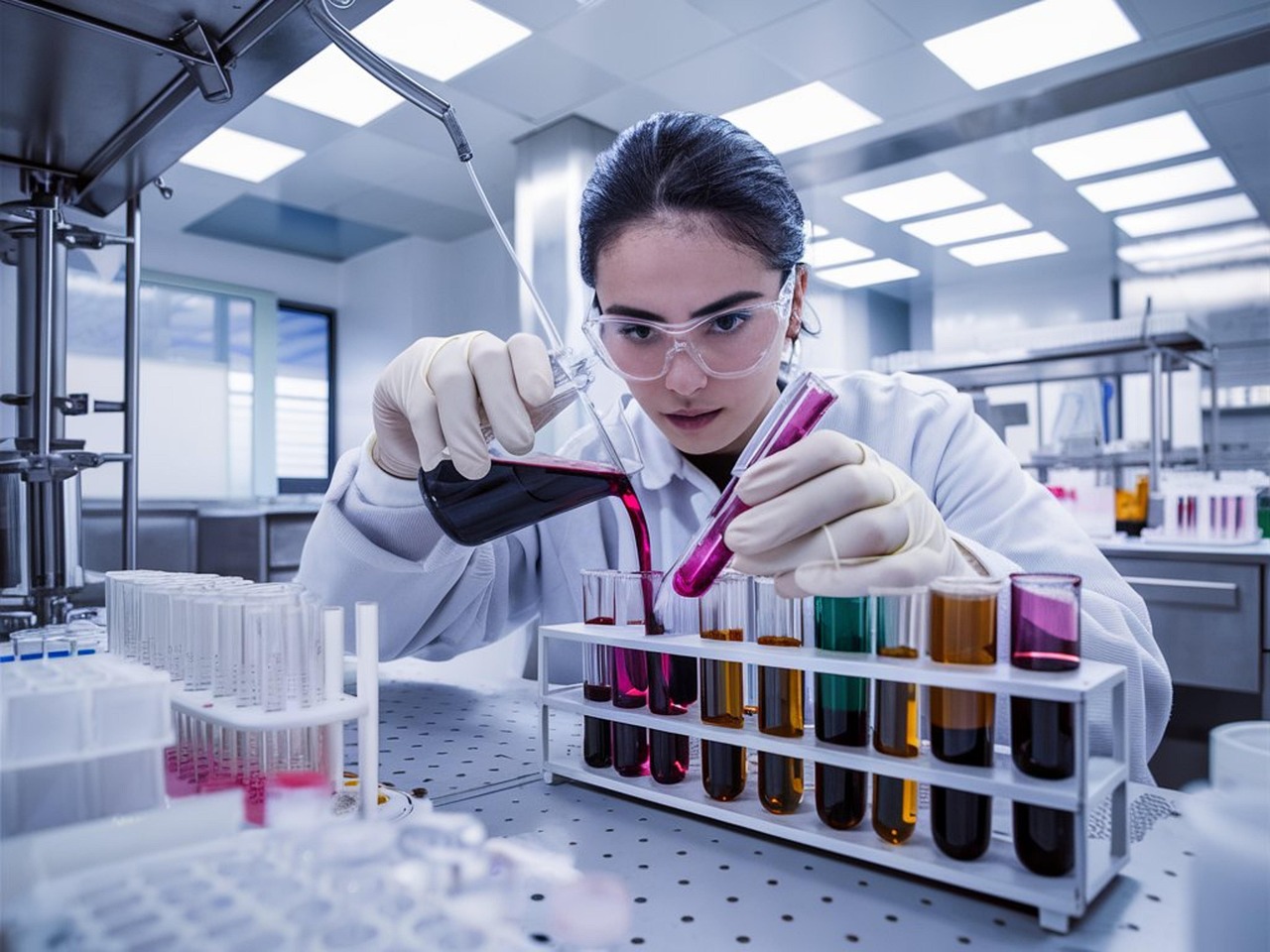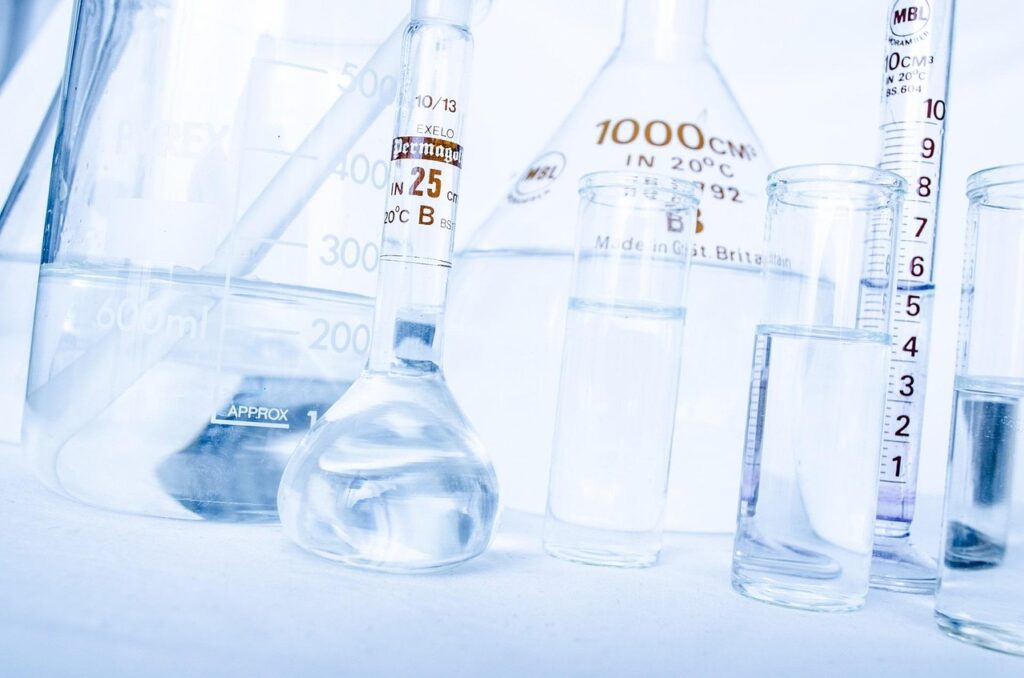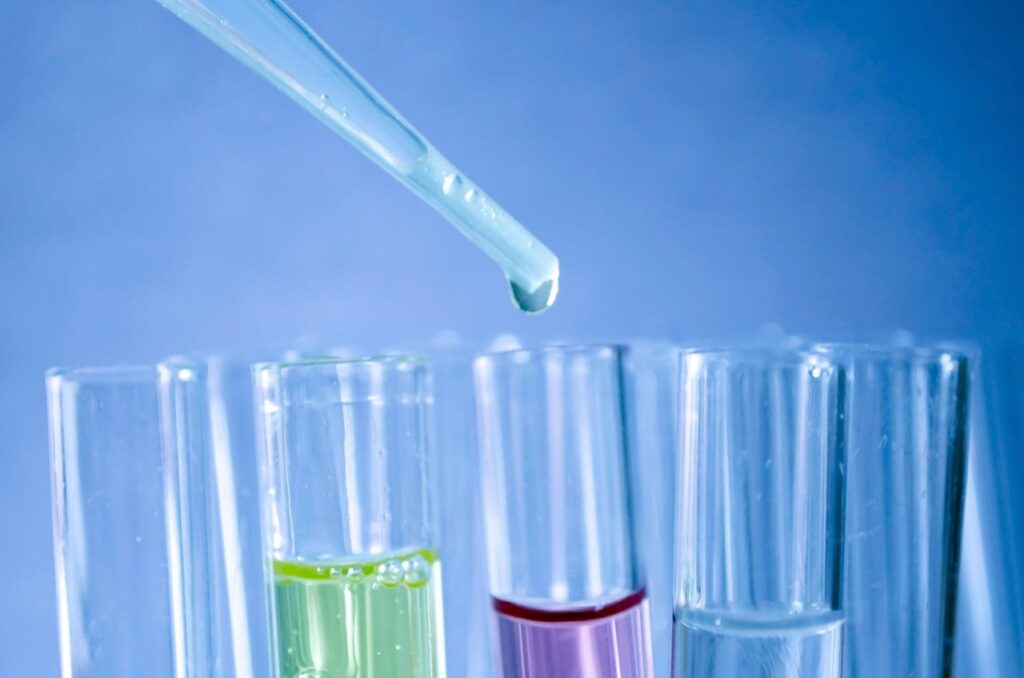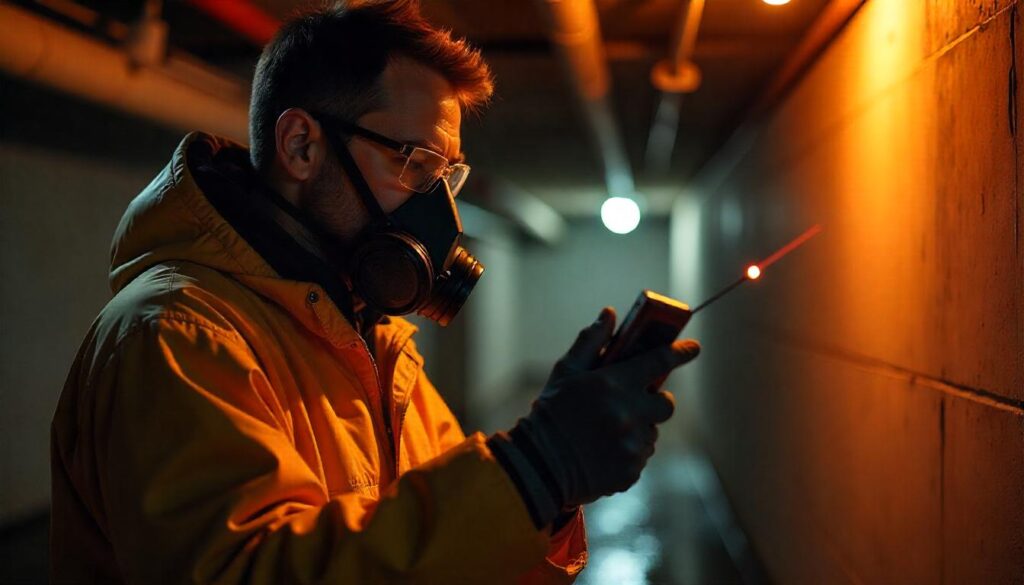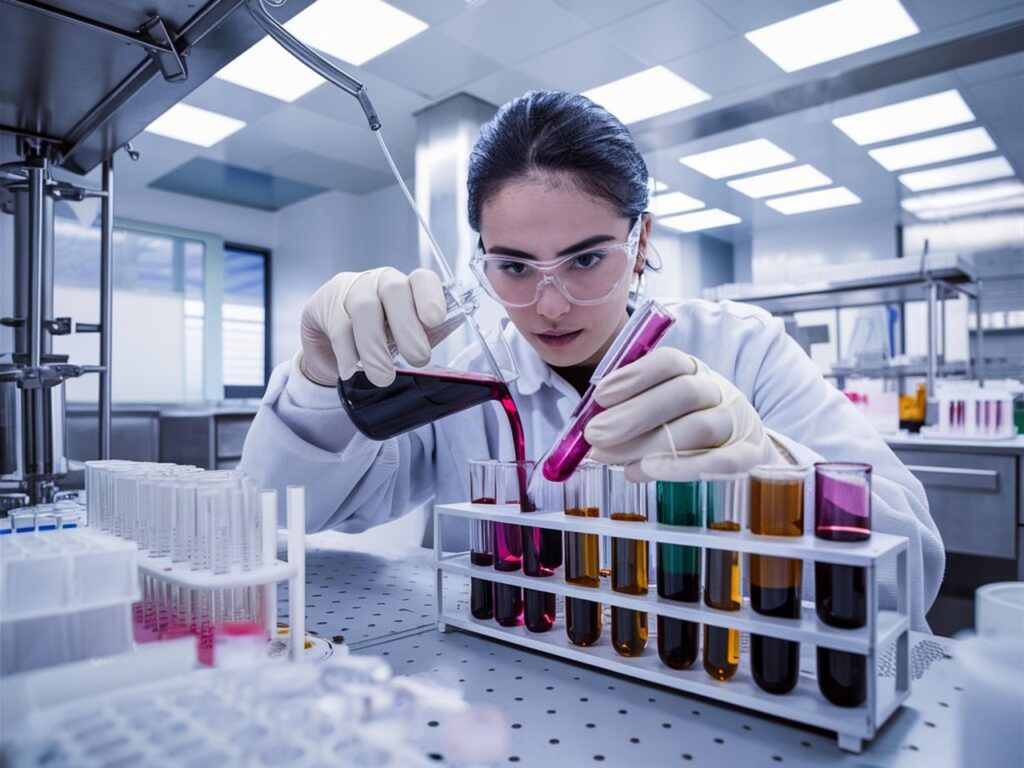Air quality is a vital environmental health component, profoundly impacting human well-being and ecosystem sustainability. The surge in concerns about air pollution, spurred by rapid industrialization and urbanization, has prompted a critical need for advancing air quality testing methods.
Technology has emerged as a linchpin in addressing these concerns, playing a transformative role in revolutionizing air quality monitoring. The traditional approaches, once deemed sufficient, have proven inadequate in the face of evolving pollution sources.
The integration of sophisticated monitoring systems, satellite-based observations, and the Internet of Things (IoT) has ushered in a new era of real-time, data-driven assessment.
This blog post explores the evolution of air quality testing, the challenges faced, and the innovative technologies driving the advancement of testing methods.
Historical Perspective of Air Quality Testing:
The historical context of air quality testing reveals a pivotal shift prompted by the onset of industrialization in the 19th century. Traditional methods, reliant on manual sampling and analysis, proved inadequate in the face of escalating pollution from industrial activities.
The industrial revolution, characterized by widespread manufacturing and increased fossil fuel use, introduced unprecedented levels of pollutants, necessitating more sophisticated testing methods. The shortcomings of manual processes, including time delays and limited spatial coverage, became evident as pollution sources evolved rapidly.
This historical juncture laid the groundwork for integrating technology into air quality testing, marking a crucial transition towards more efficient and real-time monitoring methods.
Check out our blog on Air Testing Labs to learn how air testing labs contribute to environmental health and safety.
Challenges in Air Quality Testing:
Before delving into technological solutions, it’s essential to recognize the challenges faced by conventional air quality testing methods:
Limited Coverage and Spatial Resolution:
Traditional air quality testing methods faced a significant constraint due to their reliance on a sparse network of monitoring stations. This approach resulted in limited spatial coverage, creating challenges in capturing localized variations in air quality.
The need for monitoring stations restricted the ability to comprehensively assess air quality across different regions, hindering efforts to understand and address specific localized pollution sources or hotspots effectively.
This limitation underscored the need for more extensive and strategically positioned monitoring networks to provide a more nuanced and accurate depiction of air quality dynamics.
Time Lag in Data Reporting:
The manual sampling and laboratory analysis inherent in traditional air quality testing methods were plagued by substantial time delays in reporting data. This delay in obtaining and disseminating information on air quality proved to be a critical drawback.
Timely access to accurate data is imperative for addressing pollution events promptly. In situations where pollution levels can rapidly change, the delayed reporting of air quality information hampers the ability to respond swiftly to emerging environmental threats.
The necessity for real-time or near-real-time data reporting became increasingly apparent as industries and urban areas faced evolving pollution challenges, underscoring the urgency of adopting more efficient and responsive air quality testing methodologies.
Inability to Monitor Dynamic Changes:
Conventional air quality testing methods encountered difficulties in monitoring dynamic changes in air quality over short intervals. The inherent limitations of these methods meant that they needed to be better suited to capture rapid fluctuations in pollution levels, particularly in dynamic urban environments.
The need for a more responsive approach became increasingly evident as pollution sources in urban areas exhibited swift and unpredictable changes. The inability of conventional methods to keep pace with these rapid variations underscored the imperative to adopt more advanced and nimble technologies capable of providing real-time insights into air quality dynamics.
This acknowledgment of the shortcomings of traditional approaches fueled the drive towards more innovative and adaptable methods in air quality monitoring.
Advancing air quality testing methods:
Recent decades have witnessed a surge in technological innovations to overcome traditional air quality testing limitations. Here are vital advancements that have played a transformative role:
Remote Sensing Technologies:
Satellite-based remote sensing technology has revolutionized air quality monitoring by offering comprehensive global coverage. Unlike traditional methods, this innovation provides real-time data on pollutants, significantly improving our understanding of air quality dynamics.
With its ability to capture information across vast geographical areas, satellite-based remote sensing overcomes spatial limitations, making it invaluable for addressing transboundary air pollution.
The real-time nature of the data facilitates proactive environmental management, allowing prompt responses to emerging pollution events and enabling targeted interventions where needed.
Sensor Networks and IoT:
The widespread use of low-cost sensors and the Internet of Things (IoT) has given rise to dense air quality monitoring networks. These networks, featuring extensive coverage and high spatial resolution, enable detailed mapping of pollution levels, especially in urban environments.
Affordable sensors, integrated into the IoT framework, create interconnected systems that collect and share real-time data. This connectivity addresses the limitations of traditional methods, allowing for a more precise understanding of air quality variations, identification of pollution hotspots, and informed decision-making for urban planning and pollution mitigation strategies.
Machine Learning and Data Analytics:
Integrating machine learning algorithms with air quality data is a game-changer, significantly enhancing predictive modeling and trend analysis. This innovation allows for the identification of complex patterns within datasets and the forecasting of air quality changes.
Machine learning’s ability to learn from historical data enables accurate predictions, facilitating proactive pollution management. This adaptive approach is crucial in addressing the dynamic nature of pollution sources and atmospheric conditions.
Advancements in Gas Chromatography-Mass Spectrometry (GC-MS):
Advances in analytical techniques, notably Gas Chromatography-Mass Spectrometry (GC-MS), have significantly enhanced the precision and sensitivity of pollutant detection in air quality testing.
These improvements allow for identifying and quantifying a broader range of pollutants, providing a more detailed and accurate understanding of air quality.
The increased capabilities of GC-MS contribute to a comprehensive assessment, crucial for addressing the diverse and evolving nature of pollutants introduced into the atmosphere by industrial and urban activities.
Also, check out our blog on Choosing the Right Air Quality Testing Lab to empower you to the right and technologically advanced air testing lab.
Future Trends and Emerging Technologies:
Air Quality Monitoring Drones:
Uncrewed aerial vehicles (UAVs) with specialized sensors have revolutionized air quality monitoring in challenging or hazardous areas.
Drones provide dynamic, high-resolution data that significantly improves pollution source identification, offering a more comprehensive understanding of air quality.
This innovative approach overcomes the limitations of traditional ground-based methods, enhancing the agility and precision of data collection for more effective pollution mitigation strategies.
Blockchain for Data Transparency:
Implementing blockchain technology in air quality data reporting ensures transparency, traceability, and security.
Blockchain, known for its decentralized and tamper-resistant nature, enhances the credibility of air quality monitoring efforts by providing a trustworthy and verifiable data record.
This fosters trust among stakeholders, assuring them of the integrity of the reported information and reinforcing the reliability of air quality monitoring systems.
The transparent and traceable nature of blockchain contributes to a more accountable and robust framework for managing and sharing air quality data.
Integration of 5G Technology:
The deployment of 5G networks is a pivotal advancement in air quality monitoring, significantly enhancing data transmission speed and connectivity. This enables monitoring devices to communicate faster and more efficiently, facilitating real-time data sharing and decision-making.
The higher rate and low-latency nature of 5G networks improve the responsiveness of air quality monitoring systems and contribute to more timely and informed decision-making processes.
This development represents a crucial step forward in leveraging cutting-edge technology to enhance the effectiveness of air quality management efforts.
Check out Sms Lab’s state-of-the-art and technologically advanced air testing services for your business.
Conclusion:
Technology continues to be a driving force in advancing air quality testing methods, addressing the shortcomings of traditional approaches. From remote sensing technologies to integrating machine learning and developing innovative sensor networks, these advancements are crucial for effective pollution management and public health.
As we look toward the future, emerging technologies like air quality monitoring drones and blockchain solutions hold promise in further refining our understanding of air quality dynamics and ensuring a healthier and sustainable environment for future generations.

